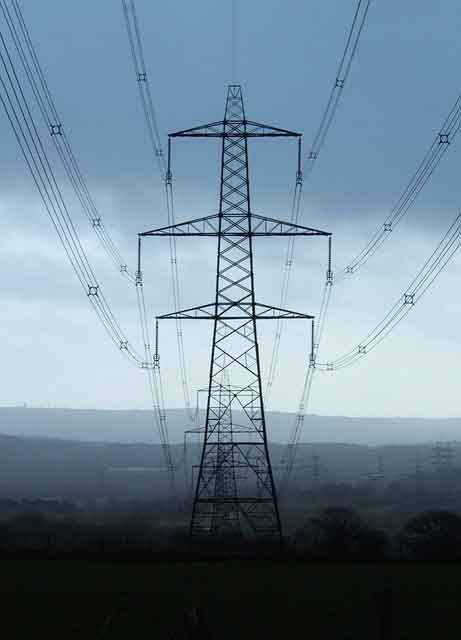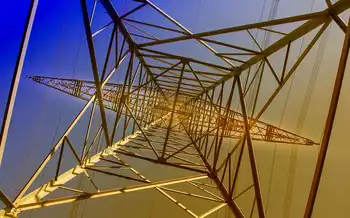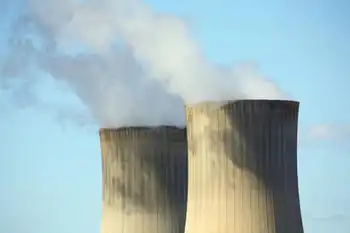Two hospital power plant projects will burn clean
By Prime Newswire
NFPA 70b Training - Electrical Maintenance
Our customized live online or in‑person group training can be delivered to your staff at your location.

- Live Online
- 12 hours Instructor-led
- Group Training Available
Under Connecticut's Project 150, and in accordance with the DPUC's selection and approval process, project developers were required to submit financial commitments by April 29, showing they are able to execute Electricity Purchase Agreements (EPAs) with utility companies to buy the power.
Hospital Energy Development LLC and EMCOR Energy Services, co-developers of the Stamford Hospital and Waterbury Hospital projects, filed binding letters with the DPUC attesting to their projects' financing commitments. The Stamford Hospital project will employ two DFC3000 power plants in a combined heat and power application. The installation will generate 4.8 MW of ultra-clean electricity for the grid - enough for approximately 4,800 homes - and also generate low cost heat for the hospital.
Similarly, Hospital Energy and EMCOR Energy Services will use a single DFC3000 power plant in a combined heat and power application to generate 2.4 MW of electricity for the grid while it supplies Waterbury Hospital with heat. The high-grade thermal energy from the DFC3000 combined heat and power is especially valuable to hospitals as it offsets fuel otherwise used in boilers for heating, air conditioning, laundries, hot water and sterilization.
"Providing ultra-clean energy to the grid and heat for hospitals are excellent applications for our Direct FuelCells (DFC) fuel cells and helps Connecticut and its utilities meet their obligations under the state's Renewable Portfolio Standards (RPS)," said R. Daniel Brdar, Chairman and CEO of FuelCell Energy. "Utilities need cleaner sources of electricity and hospitals must have a reliable, 24/7 source of energy - exactly what our fuel cell power plants provide."
Connecticut is one of 28 states, plus the District of Columbia, that have passed legislation mandating clean energy in their jurisdictions - laws known collectively as Renewable Portfolio Standards (RPS). Under Connecticut's RPS, utilities must purchase 20 percent (approximately 800 megawatts) of the electricity they supply from clean energy sources by 2020. To get the process started toward this goal, Connecticut Project 150 was enacted by the legislature, requiring utilities to have the first 150 MW of clean energy generation by under contract by October 1, 2008.
By utilizing both the electricity and the heat, the power plants are expected to achieve over 60 percent system efficiency. This high efficiency means that less fuel is needed to create energy, meaning significantly lower energy costs and much less CO2, a major greenhouse gas, is produced.
Fuel cells can play a critical role in providing baseload power to the utility grid, unlike intermittent power sources such as solar or wind. In addition, they are an ideal part of a total clean energy solution in RPS states because they provide efficient ultra-clean power 24 hours a day, ensuring that other clean, but intermittent, technologies can be adopted. Providing near-zero emissions and low CO2, fuel cells have the added advantages of operating quietly and, because of their small footprint, they can be located in grid-constrained areas where power is most needed.











